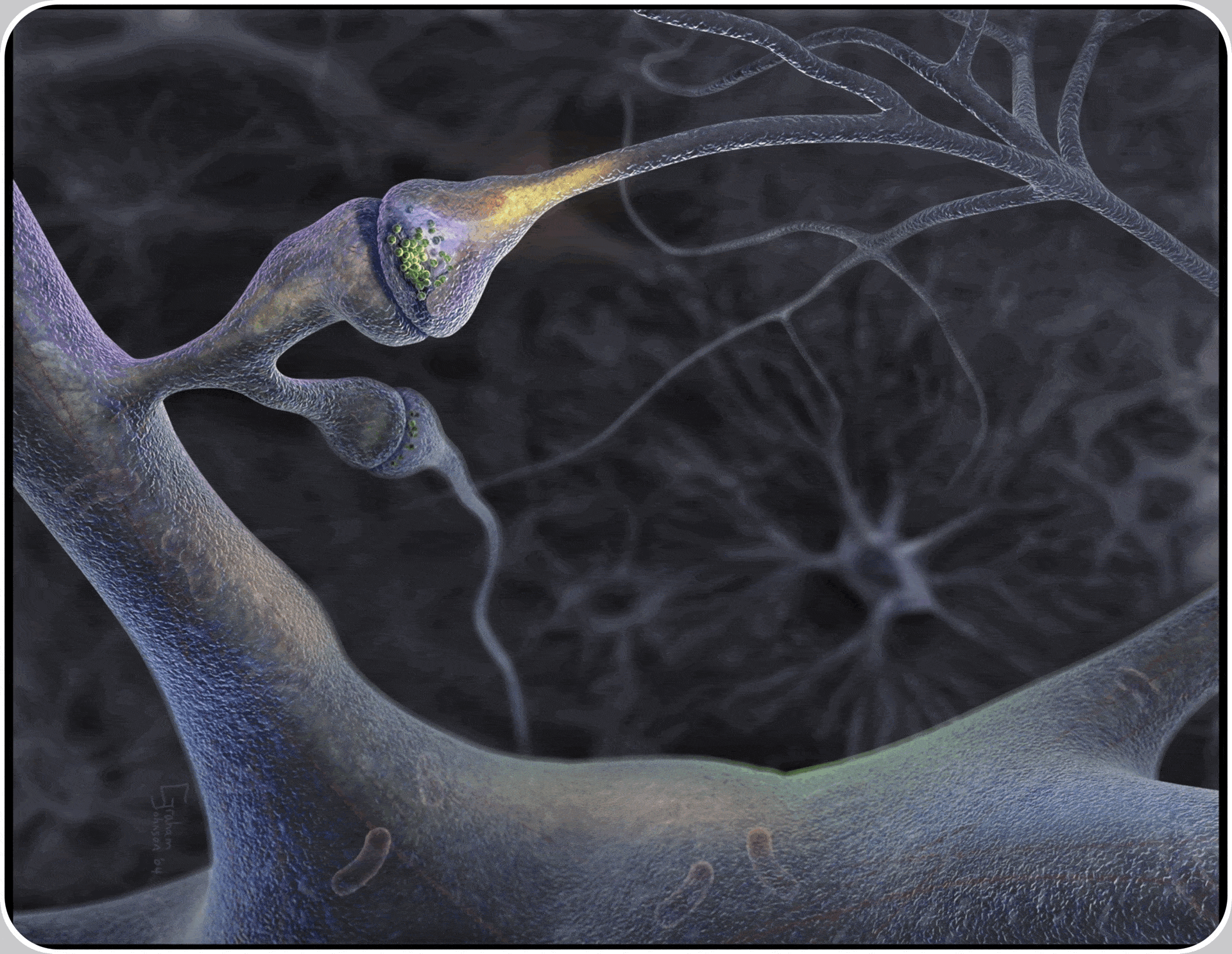The Botulinum toxin is one of the most poisonous biological substances known, it is a neurotoxin produced by the bacterium Clostridium botulinum. Do not mistake it, this wondrous chemical holds a number of medicinal properties quite contrary to your belief.
Botulinum toxins now play a very significant role in the management of a wide variety of medical conditions, especially strabismus and focal dystonias, hemifacial spasm, and various spastic movement disorders, headaches, hypersalivation, hyperhidrosis, and some chronic conditions that respond only partially to medical treatment. The list of possible new indications is rapidly expanding. The cosmetological applications include correction of lines, creases and wrinkling all over the face, chin, neck, and chest to dermatological applications such as hyperhidrosis. Injections with botulinum toxin are generally well tolerated and side effects are few.
Now, scientists at the Stockholm University have identified the new Botulinum neurotoxin type x that has the potential to even greatly expand the field of toxin therapeutics. Botulinum neurotoxin type X, or BoNT/X, could be used in toxin therapeutics related to intracellular membrane trafficking and secretion.
“The discovery of BoNT/X facilitates the development of diagnostics and countermeasures which is important if someone would be exposed to a toxic amount of the
substance,” Pal Stenmark, an associate professor in the Department of Biochemistry and Biophysics at Stockholm University, said in a press release.“Within a few months we will have developed ways of detecting if a person has been subject to BoNT/X.”
The study, published in Nature Communications, describes how researchers first discovered BoNT/X from the genome of an infant in Japan who became ill in 1995. The researchers are further trying to determine the structure of the toxin and investigate how it binds to the nerve cell. They will also investigate how the unique properties of BoNT/X can be best used to develop new therapeutics.
“When we first discovered this toxin I believed we had made some error in the analysis, but after checking several times it turned out to be correct. This discovery opens a multitude of new exciting research topics that we are eager to explore in collaboration with Dr. Min Dong’s research team at Harvard,” Stenmark said.






























